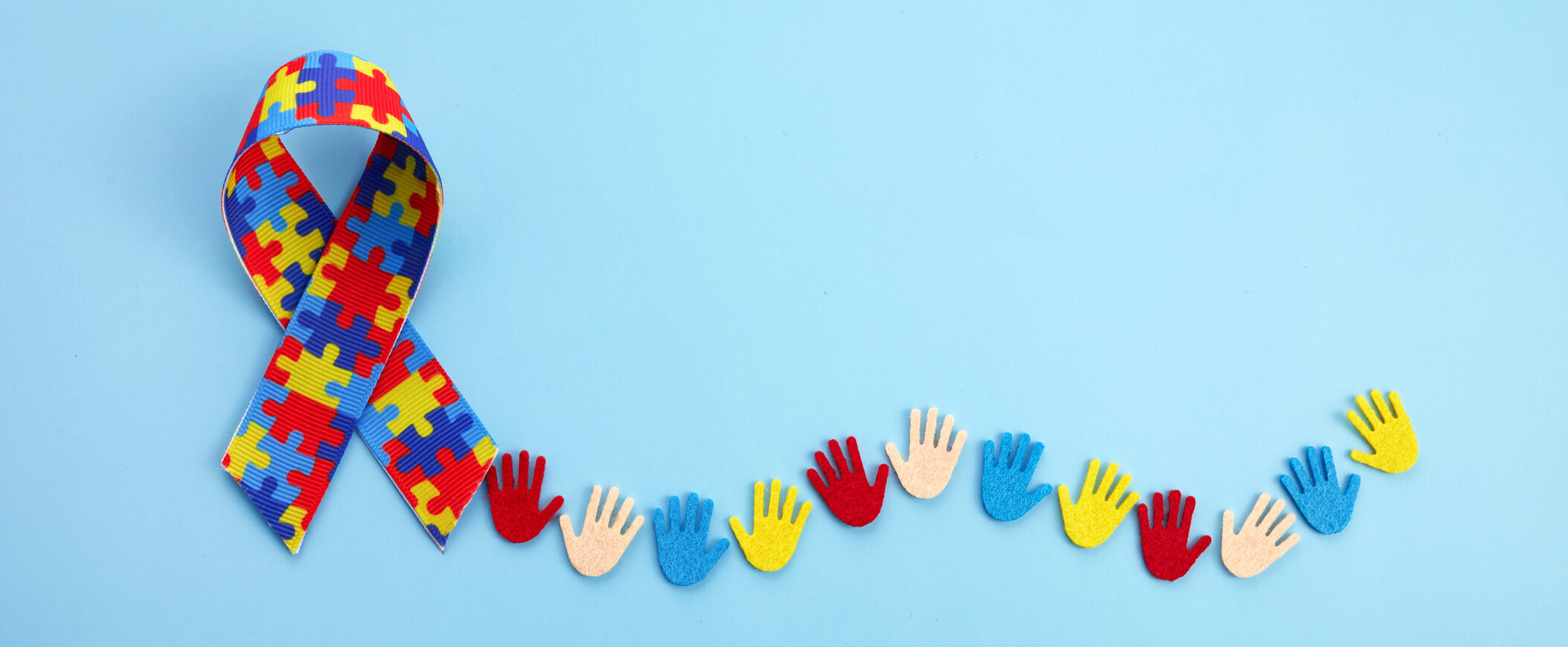
Why is autism represented by a puzzle piece?

The puzzle piece is a widely recognized symbol for autism, and has been used as a symbol of autism awareness and advocacy for several decades. The origins of the puzzle piece as a symbol for autism are not entirely clear, but it is believed that it was first used by the National Autistic Society (NAS) in the United Kingdom in the 1960s.
One of the reasons why the puzzle piece was selected as a symbol for autism is because it reflects the complexity and diversity of autism. The many different pieces of a puzzle can represent the many different symptoms and experiences of individuals with autism, and the idea of fitting the pieces together can represent the process of understanding and supporting individuals with autism. The bright colors of the puzzle pieces can also reflect the diversity of the autism community.
Another reason why the puzzle piece was selected as a symbol for autism is because it represents the mystery and unknown surrounding autism. The puzzle piece can symbolize the ongoing search for answers and understanding about autism, and the idea of a puzzle not yet complete can reflect the ongoing need for research and support for individuals with autism.
The puzzle piece can also be seen as a symbol of hope and potential. The idea of fitting the pieces together can represent the potential for individuals with autism to reach their full potential with the right support and understanding. The puzzle piece can also represent the idea of creating a better future for individuals with autism and their families.
It’s important to note that the use of the puzzle piece as a symbol for autism is not without controversy. Some people with autism and autism advocates have criticized the symbol for being outdated, and for not accurately reflecting the experience of living with autism. They argue that the symbol reinforces the stereotype of autism being a mysterious and unknown condition and that it does not accurately reflect the diversity of the autism community. They also argue that the symbol implies that individuals with autism are broken and need to be fixed.
The puzzle piece is a widely recognized symbol for autism, and has been used as a symbol of autism awareness and advocacy for several decades. The reasons why the puzzle piece was selected as a symbol for autism are its representation of the complexity and diversity of autism, the mystery and unknown surrounding autism, and the hope and potential for individuals with autism. However, it’s important to note that the use of the puzzle piece as a symbol for autism is not without controversy and it is important to consider the perspectives of people with autism and autism advocates.
The use of the puzzle piece as a symbol for autism is controversial for several reasons:
- It reinforces the stereotype of autism being a mysterious and unknown condition: Some people with autism and autism advocates argue that the symbol reinforces the stereotype that autism is a mysterious and unknown condition that is hard to understand. They argue that this is not accurate, as autism is a complex neurodevelopmental disorder that affects a person’s ability to communicate and interact with others.
- It does not accurately reflect the diversity of the autism community: The puzzle piece symbol is often portrayed in bright colors, which can be seen as a representation of the diversity of the autism community. However, some people with autism and autism advocates argue that the symbol does not accurately reflect the diversity of the autism community, and that it does not take into account the wide range of symptoms and experiences of individuals with autism.
- It implies that individuals with autism are broken and need to be fixed: Some people with autism and autism advocates argue that the symbol implies that individuals with autism are broken and need to be fixed. They argue that this is not accurate, as autism is a different way of processing and understanding the world, and that people with autism have unique strengths and talents just like any other person.
- It’s outdated: Some people with autism and autism advocates argue that the symbol is outdated and no longer accurately represents the autism community. They argue that new symbols should be developed that accurately reflect the diversity of the autism community and the experience of living with autism.